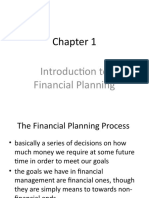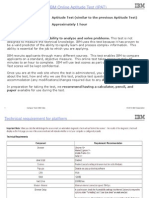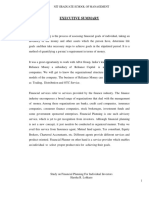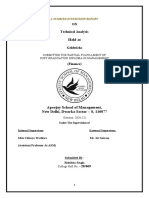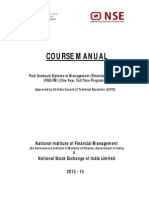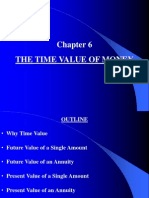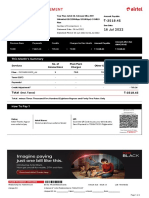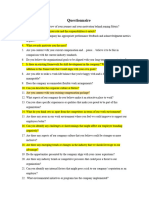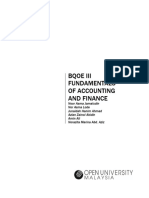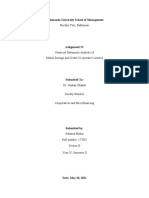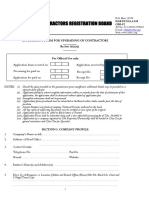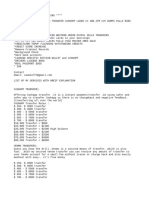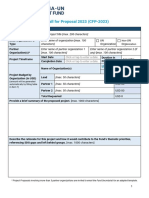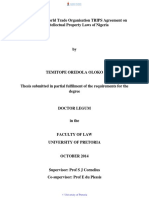100% found this document useful (1 vote)
564 views32 pagesCPC Booklet
This document provides an overview and introduction to the Crores Planners Course (CPC) which teaches financial planning concepts without requiring prior finance knowledge. The CPC uses video sessions and workbooks to explain key ideas like compound interest, calculating future values of lump sum investments and systematic investment plans, and estimating returns on investments using metrics like rate of return, internal rate of return, and extended internal rate of return. The goal of the CPC is to help people grow their hard-earned money through long-term investing principles like compounding returns over time.
Uploaded by
Sandeep BoseCopyright
© © All Rights Reserved
We take content rights seriously. If you suspect this is your content, claim it here.
Available Formats
Download as PDF, TXT or read online on Scribd
100% found this document useful (1 vote)
564 views32 pagesCPC Booklet
This document provides an overview and introduction to the Crores Planners Course (CPC) which teaches financial planning concepts without requiring prior finance knowledge. The CPC uses video sessions and workbooks to explain key ideas like compound interest, calculating future values of lump sum investments and systematic investment plans, and estimating returns on investments using metrics like rate of return, internal rate of return, and extended internal rate of return. The goal of the CPC is to help people grow their hard-earned money through long-term investing principles like compounding returns over time.
Uploaded by
Sandeep BoseCopyright
© © All Rights Reserved
We take content rights seriously. If you suspect this is your content, claim it here.
Available Formats
Download as PDF, TXT or read online on Scribd
/ 32






